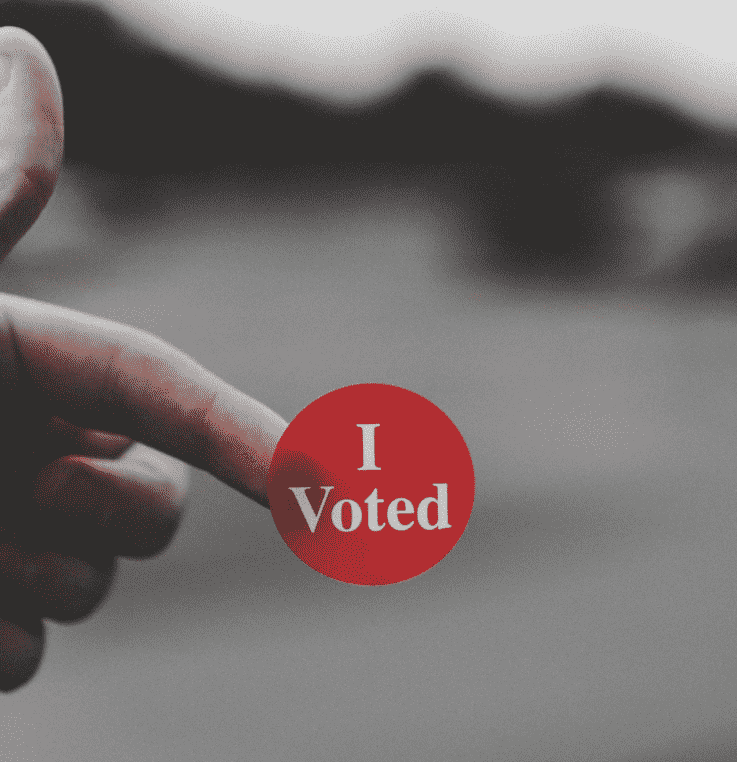
India has recently witnessed its one of the largest democratic elections with over 900 million voters, marked by numerous hassles and controversies. Ultimately, it was the National Democratic Alliance (NDA) that took the lead with 293 seats, while the Indian National Developmental Inclusive Alliance (INDIA) closely followed with 232 seats. The win seemed predictable, or was it? The BJP-led NDA government, confident in their victory, had campaigned with the slogan "Abki Baar 400 Paar" (this time, more than 400 seats) for the 543 seats in the Indian Parliament. Although the NDA did win, the shortfall of over 100 seats from their projected number was strikingly off the mark. Despite the clear win for the NDA, it does not feel as triumphant due to the high expectations set by exit polls. These polls had predicted a sweeping victory of 350-400 seats, which was far from reality. To name a few, News 24-Today's Chanakya predicted 400 seats for the alliance, India Today-Axis My India had forecasted 361-401 seats for the BJP-led alliance, ABP-C Voter predicted 353-383 seats for the ruling alliance, and Republic TV-P Marq poll claimed that the ruling alliance would win up to 359 seats.This discrepancy gave the party and its supporters overly optimistic hopes. Conversely, it gave the opposition a sense of victory, as their exit poll predictions did not even approach 200 seats, yet they managed to secure significantly more. This situation raises critical concerns about the reliability of exit polls. Citizens are expressing their concerns regarding the trustworthiness of these polls. Are exit polls meticulously researched and well-analysed, or have they become speculative predictions? How did a projected landslide victory for the BJP-led NDA government turn into a comparatively uncomfortable win? Exit polls are based on data-rooted research involving major methodologies, despite potential errors. These polls typically collect data from small, representative samples of voters as they leave polling stations, and researchers use statistical techniques to infer broader voting patterns from these samples. However, the accuracy can vary due to sample size and voters' willingness to share their choices. A significant error in assumptions was made in the three major states - Uttar Pradesh, West Bengal, and Maharashtra. These states account for approximately 160 seats. Additionally, the predictions for Tamil Nadu were disappointing, while on the other hand states like Madhya Pradesh, Odisha, and Chhattisgarh surprisingly indicated a definite sign of victory for the NDA. Yogendra Yadav, an Indian activist, psephologist, and politician had shared his predictions for the 2024 Lok Sabha elections, suggesting that the BJP-led NDA may struggle to achieve a decisive victory. He predicted that the BJP alone would not exceed 260 seats and would find it "impossible" to surpass the 300-mark, suggesting they might even fall below 275 or even 250 seats. His analysis indicated that the BJP's claim of winning over 400 seats was unrealistic. In a post-poll analysis with India Today, Yadav forecasted that the BJP would win between 240 and 260 seats, with NDA allies likely securing 35 to 45 seats. This would give the NDA 275 to 305 seats, enough to form a government but significantly short of the 400-seat target set by the BJP. Yadav also predicted a resurgence for the Congress party, estimating it would win between 85 and 100 seats, a significant increase from the 52 seats it secured in the 2019 general elections. Additionally, he expected the INDIA bloc, the Congress-led alliance, to win between 120 and 135 seats. This would give the opposition alliance 205 to 235 seats, presenting a formidable challenge to the BJP The discrepancy between the NDA's actual win and the predicted "Abki Baar 400 Paar" underscores the complexities and challenges of accurately forecasting election outcomes. It highlights the need for more rigorous methodologies in exit polling and a deeper understanding of the electorate's diverse perspectives.The Flawed Predictions of Exit Polls
Yogendra Yadav's Bold Predictions
07 Jun 2024
Niyali Kar